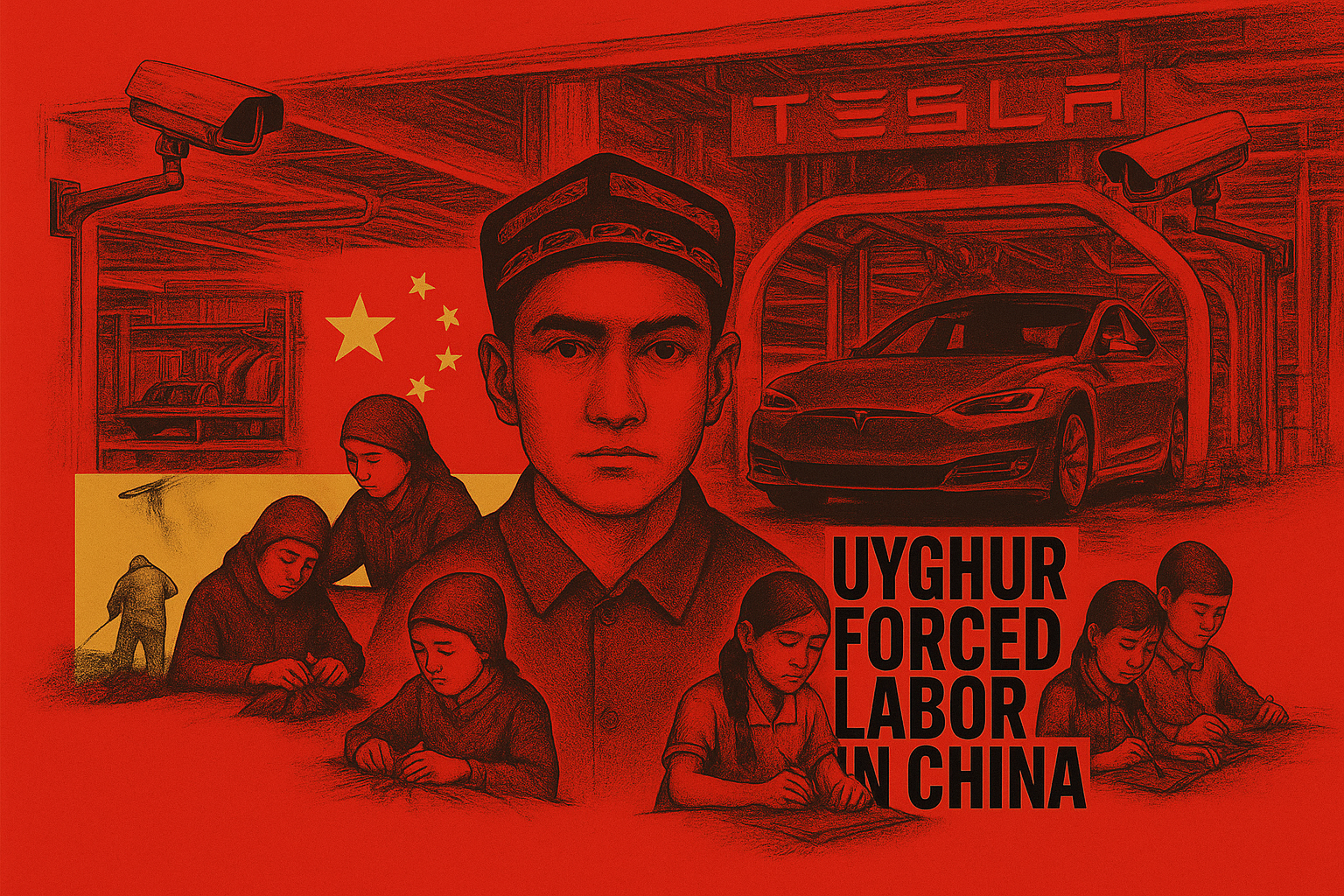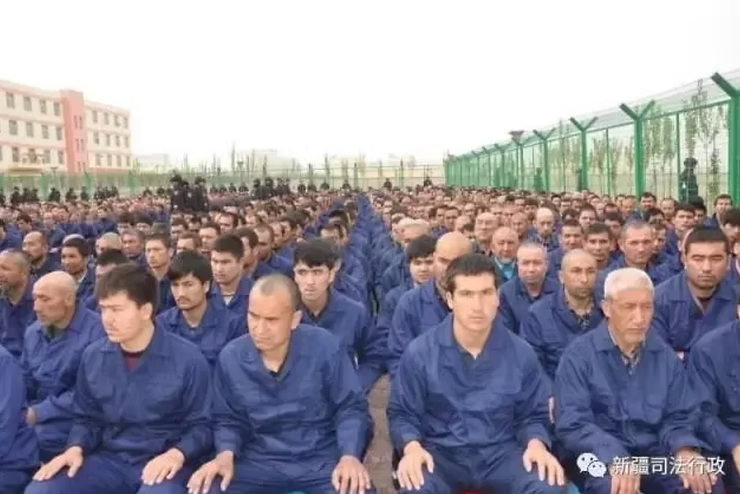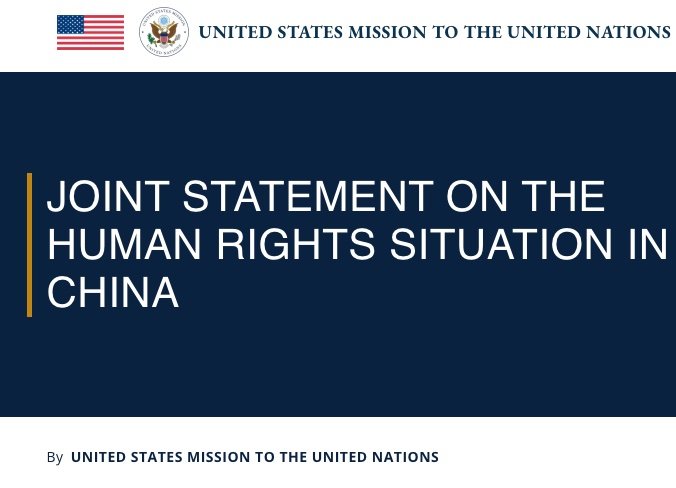May 30, 2025

LONDON — A new investigation by the Bureau of Investigative Journalism has found that more than 100 global brands are linked to forced labor involving Uyghur and other ethnic minorities in China’s Xinjiang region.
The report, released this week, documents how individuals are coerced into government-run labor programs and relocated—often involuntarily—to work in factories across China. These transfers are described as part of Beijing’s broader effort to assimilate Uyghurs and suppress their cultural identity.
The investigation traces Uyghur labor to a range of industries, including textiles, electronics, agriculture and seafood processing. Aluminum produced under these conditions has reportedly reached the supply chains of major carmakers such as Tesla, General Motors, Toyota and Volkswagen. Seafood processed by Uyghurs has also entered Western markets, raising alarms among labor rights organizations and lawmakers.
Despite growing international condemnation and sanctions targeting goods linked to forced labor, the report suggests enforcement gaps remain. The U.S. Department of Labor has identified multiple categories of goods—including gloves, hair products, and tomato products—produced under forced conditions in China.
The Chinese government has denied the allegations, describing the programs as voluntary “vocational training” and part of poverty alleviation efforts. However, survivor accounts and mounting evidence from human rights organizations contradict that narrative, detailing coercion, surveillance, and cultural repression within the labor system.
Calls for accountability are intensifying. Rights groups are urging companies to conduct independent supply chain audits and for governments to strengthen enforcement of import bans tied to forced labor.
The Bureau’s findings add to a growing body of international reporting that challenges China’s portrayal of life in Xinjiang and underscores the global reach of its repression.



